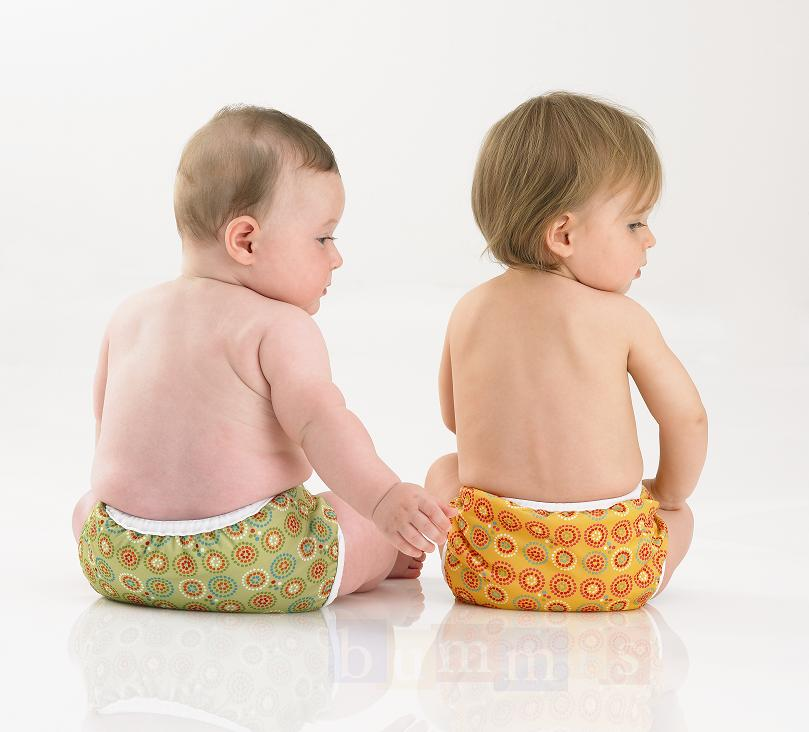Diaper Bags :: Top 3 "Must Haves" for Your Diaper Bag
Posted on April 19, 2016

We’ve heard it countless times - “it’s what’s inside that counts.” And when it comes to diaper bags, that statement couldn't be more true. What's the point of having a gorgeous designer bag if it doesn't help you be relaxed and ready whenever you want to head out the door?
Be prepared and you’ll be the coolest cucumber at your next mama’s group gathering or afternoon of running errands. Besides the obvious need for diapers in your diaper bag, here are three items we propose should be in your bag the next time you venture from home (and every other time too!).
A wetbag – this is a waterproof bag that holds 2-6 diapers. It provides an easy place to put the dirties and keeps everything else dry and smell-free. You’ve got your choice between drawstring and zippered options – the preference is all up to you.
A change pad – a mobile change pad is a must in our book, just because you never know what’s going to be available when you need to change your baby. A change pad covers your bases whether you’re changing on the front seat of your car, on a grungy public washroom change table, or on the floor at the rec center. It’s also great at home, especially if you don’t always change diapers in the same place in the house. A change pad also rolls up small and doesn’t take up much room in the diaper bag.
Our favorite is wool, as it’s soft and made entirely of natural fibres, but there’s also organic cotton with a waterproof backing if you so prefer. If you’re on a tight budget, you can also use use a large prefold (one size larger than the standard “infant” size”), which can come in handy later anyway for a multitude of uses. (Stay tuned for our blog post on Why Prefolds are a Smart Choice for Every Family!) Hemp/cotton wipes – Cloth wipes are not only more gentle on your baby’s skin and save you money, but they’re great to have on hand for runny noses and ice cream covered hands, too.
We find it extra-easy to keep them in a travel-size disposable wipes container and just wet them right before we go out the door. That way they’re ready to handle any size mess no matter where you go. When you’re done, just toss them in the wetbag and wash them with the next load of diapers.
Easy peasy! Here’s wishing you happy trails wherever your diaper bag takes you…








